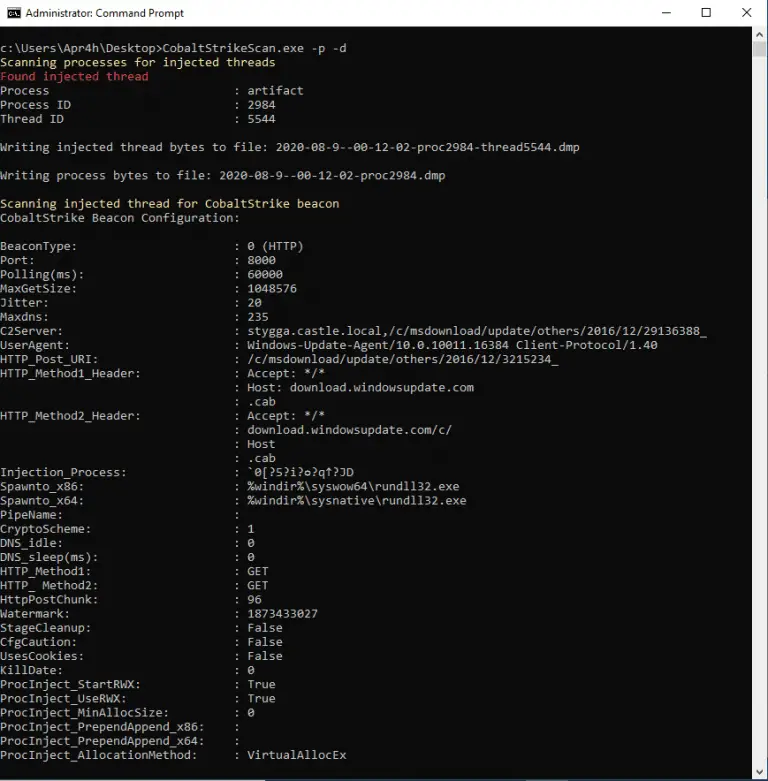

This two-sided element of pentesting suites makes it a critical avenue for threat research. A major reason for this is likely their ease of use and scalability. In recent years, both red teams and threat actors have increasingly made use of publicly and commercially available hacking tools. Though Cobalt Strike is designed for adversary simulation, somewhat ironically the framework has been adopted by an ever increasing number of malicious threat actors: from financially motivated criminals such as Navigator/FIN7, to state-affiliated groups motivated by political espionage such as APT29. The framework is commercially and publicly available, which has also led to pirated/cracked versions of the software. It can be configured using Malleable C&C profiles which can be used to customize the behavior of its beacon, giving users the ability to emulate the TTP’s of in the wild threat actors.

It is commonly used by penetration testers and red teamers to test an organization’s resilience against targeted attacks. About Cobalt StrikeĬobalt Strike is a framework designed for adversary simulation. Subtle anomalies like these should not be underestimated by blue teams when it comes to combating malicious activity. It is commonly used by penetration testers and red teamers to test an organization’s resilience against targeted attacks, but has been adopted by an ever increasing number of malicious threat actors.
#COBALT STRIKE BEACON LIST FILES FULL#
In this blog we will publish a full list of servers for readers to check against the logging and security controls of their infrastructure.Ĭobalt Strike is a framework designed for adversary simulation. This uncommon whitespace in its server responses represents one of the characteristics Fox-IT has been leveraging to identify Cobalt Strike Servers, with high confidence, for the past one and a half year. On the 2 nd of January 2019 Cobalt Strike version 3.13 was released, which contained a fix for an “extraneous space”. How an anomalous space led to fingerprinting Summary


 0 kommentar(er)
0 kommentar(er)
